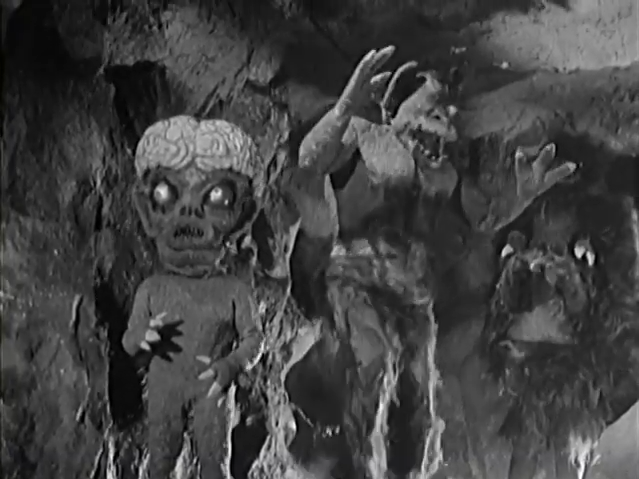
It is 1989, and Doctor Who is on its last legs. You may have noticed that I skipped over all of the serials featuring Colin Baker in the lead role—this is not simply because of the poor reputation most of the stories have even among fans of the series, but because none of them offer a particularly compelling monster-centric story to write about. Things started looking up at least a little bit in 1987, when the show went through a small-scale creative overhaul, with a new batch of writers behind the scenes and a new lead in Sylvester McCoy, but none of the active attempts to make the series more ambitious and relevant saved it from going on an indefinite hiatus just as the eighties ended, leaving it at a still-impressive twenty-six consecutive years on television.
The three years with McCoy and lead writer Andrew Cartmel carry a very distinctive atmosphere, one that attempts to mine the best parts of the series’ past, especially its sense of imagination and its capacity for moments of child-friendly horror, and infuse a puckish kind of whimsy and more focus on the characterization of the Doctor and his companion. “The Curse of Fenric”, the classic series’ penultimate story, carries with it the DNA of previous serials we’ve talked about: there’s a the moody atmosphere and marching army of monsters of “The Web of Fear”, a somewhat Quatermass-esque combination of mythology and Sci-Fi similar to “The Awakening”, and even the winking social commentary of “Carnival of Monsters.” Another similarity to “Web of Fear” is its attempt to provide a new interpretation of a well-established monster—but this goes much further in taking its inspirations and playing around with the iconography.








